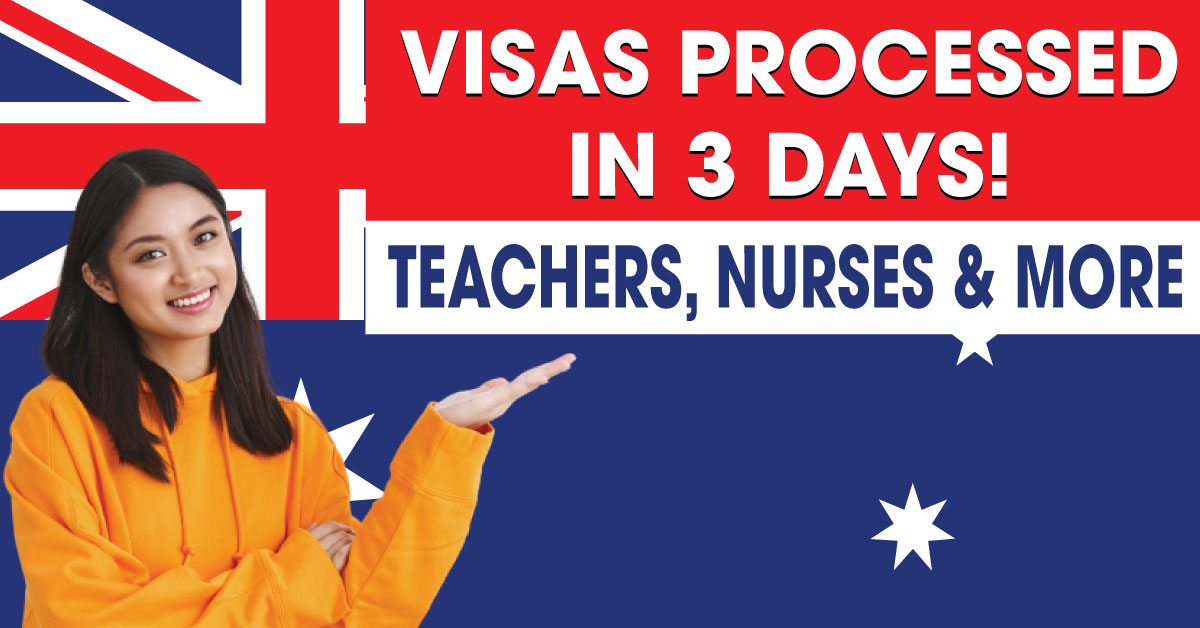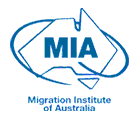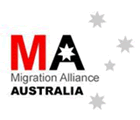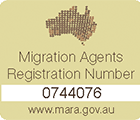Following a shift in the Australian government’s prioritisation of skilled visa applications, visas for educators and healthcare professionals are now evaluated within days of application submission.
Following a modification to the way skilled visas are processed, requests for skilled visas for teachers and healthcare professionals are now evaluated in only three days.
Priority Migration Skilled Occupations List (PMSOL) ranking of skilled visa applications has been discontinued by the Department of Home Affairs because it was deemed to be out of date and no longer accurately represented the severe manpower shortages experienced throughout Australia.
44 professions from the overall Skilled Migration Occupation List (SMOL) were already identified for the list, which was launched in September 2020, to be fast-tracked during the COVID-19 pandemic recovery. Its use was stopped as of October 28 of this year.
Engineers, cooks, accountants, psychologists, programmers, and pharmacists were among the professions on the list. But not teachers, it also covered healthcare professionals like nurses and physicians.
The new Ministerial Direction No. 100, which instructs department personnel to take specific steps, according to the Department of Home Affairs, now gives priority to visas for the health and education sectors.
The evaluation of these applications will take three days.
The change is applicable to all nominations for skilled visas, visa applications pending decision, and newly submitted applications for temporary, employer-sponsored, and regional visas. Below is the whole list.
Global talent, business innovation, and investment programmes lose priority as a result.
Teachers in schools, those who promote the health and welfare of others, childcare centre directors, medical researchers, counsellors, psychologists, social workers, and medical technicians are among the professions that are being given priority.
New Priority Rankings for Applications for Skilled Visas
Following a recent ministerial directive, decisions on skilled visa applications are now made in the following priority order:
- Applications for jobs in healthcare or education;
- Candidates recommended by an authorized sponsor with authorized status for visas sponsored by employers;
- Those intended for a specific regional area;
- For requests for both permanent and provisional visa subclasses, with the exception of Subclass 188 (Business Innovation and Investment (Provisional)) visa;
- All additional visa requests.
Priority will be granted to passport holders who qualify for all categories above because not all visa streams are accessible to all nationalities.
For both temporary and permanent skilled visa applications, candidates outside of Australia are given preference within each category.
These skilled visas are subject to the new standards:
- Subclass 124 (Distinguished Talent)
- Subclass 186 (Employer Nomination Scheme)
- Subclass 187 (Regional Sponsored Migration Scheme)
- Subclass 188 (Business Innovation and Investment) (Provisional)
- Subclass 189 (Skilled – Independent)
- Subclass 190 (Skilled – Nominated)
- Subclass 191 (Permanent Residence (Skilled Regional))
- Subclass 457 (Temporary Work (Skilled))
- Subclass 482 (Temporary Skill Shortage)
- Subclass 489 (Skilled – Regional (Provisional))
- Subclass 491 (Skilled Work Regional (Provisional))
- Subclass 494 (Employer Sponsored Regional (Provisional))
- Subclass 858 (Global Talent)
- Subclass 887 (Skilled – Regional)
- Subclass 888 (Business Innovation and Investment (Permanent).
Visa Applications are Being Handled More Quickly
The former PMSOL method, according to a spokesperson for the Department of Home Affairs, was a “time-consuming and sophisticated examination” that was only required due to the queue of applications that had accumulated while travel restrictions to Australia had been in place throughout the epidemic.
The abolition of the PMSOL would enable the processing of more applications, especially for the essential Temporary Skill Shortage visa, which is intended to quickly address labour market demands, according to the spokesperson.
Abul Rizvi, a previous secretary of the Department of Immigration, said that the changes will speed up processing since they “now target a far larger spectrum of vocations.”
When you’re hitting practically every occupation, there’s no need in having a priority list, he said.
Additionally supporting the priority on teachers and healthcare professionals, Mr. Rizvi indicated that he believed that the government would still have trouble receiving enough applications.
Teachers and nurses will undoubtedly receive visas as soon as they apply.
The federal government has promised to continue evaluating the efficacy of the lists of skilled occupations for immigration, so further revisions are probably forthcoming. The current Skilled Migration Occupation List was last updated on March 11, 2019.
A detailed analysis of Australia’s immigration policies has also been released by the government. Three experts are scheduled to submit an intermediate report by the end of February and a final plan by late March or early April.
Martin Parkinson, a former senior public servant who is now one of the review’s experts, has previously agreed that simplifying the evaluation of visa applications would be advantageous.
The Grattan Institute recommends making all migrants receiving over $70,000 qualified for temporary sponsorship while enabling any business to permanently sponsor immigrants earning more than $85,000 annually.
Workers in a select few professions are now the only ones eligible for temporary skilled migration visas, provided they make at least $53,900 annually.
According to the internet career marketplace Seek, nurses make between $70,000 and $90,000 annually, while teachers typically make between $85,000 and $100,000.
Reduction of the Backlog of Visa Requests
The backlog of visa applications for Australia, which previously stood at around one million, has decreased to 755,000, according to Immigration Minister Andrew Giles, who spoke at the Committee for Economic Development of Australia (CEDA) migration conference in November.
According to Mr Giles, the government is on schedule to clear the backlog of applications through the finish of the year, which will be around 600,000 less than it was when Labor entered power in May.
Temporary skilled visa approvals in 2022–2023 are up 120% from the same period in 2017.
A registered migration agent can help facilitate your migration process by sorting out complex visa processes for you. Migration agents are dedicated to providing immigration assistance and advice.






